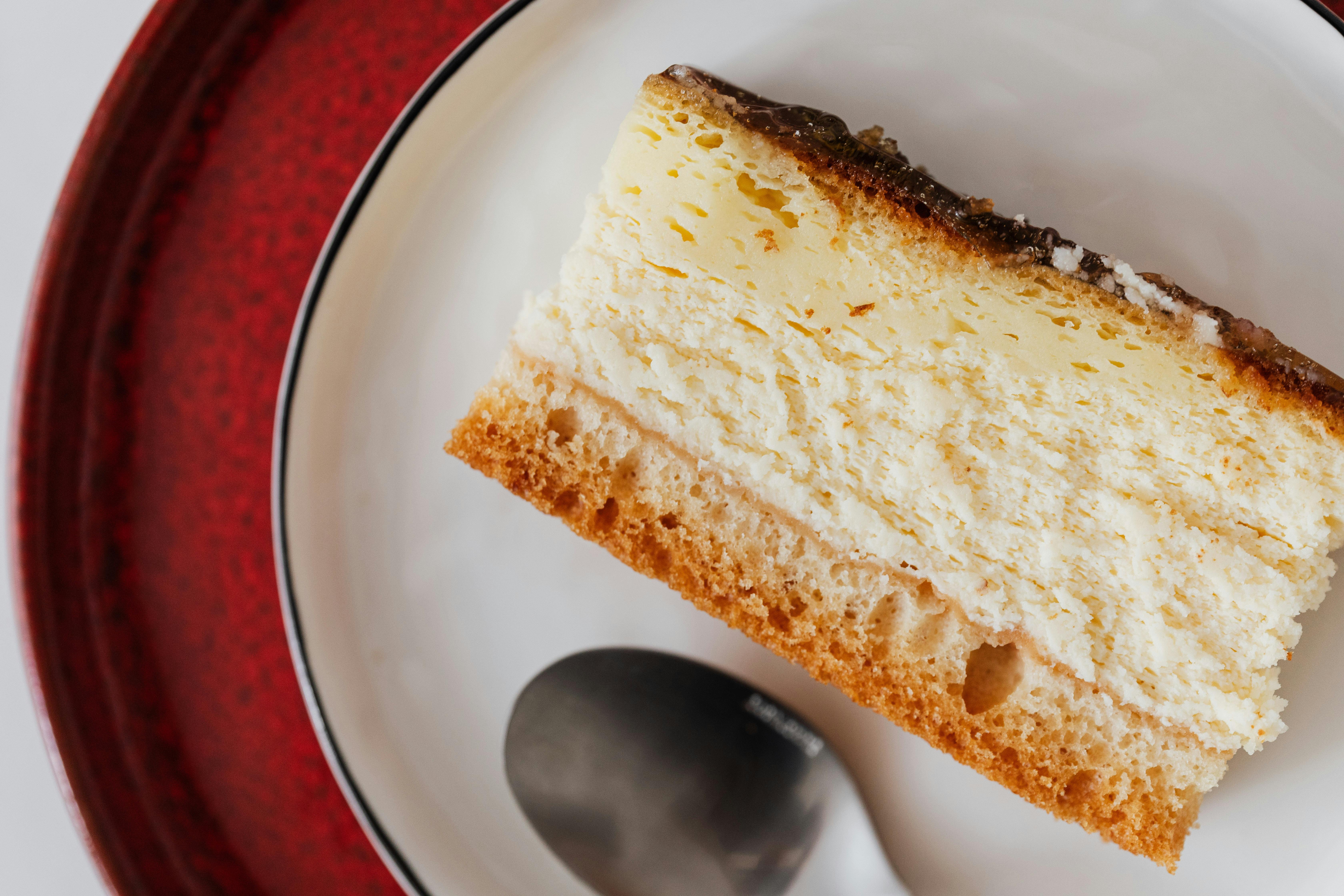The diamond core drilling process is low-noise, dust-free, and a non-percussion drilling technique is used to make smooth holes. Diamond drilling techniques are necessary when we require an exact circular penetration. With this technique, you can create holes of any size and depth.
Diamond core drilling method can be used for construction machinery applications, water system applications, earthmoving quality assessment applications, electrical process applications, gas supply applications, heating applications, railway laying applications, bridge laying applications, plumbing applications, telecommunication line laying applications, concrete section analysis, anchor bolts and for mining applications. The main category of this technique is rotary and cable. The rotary technique is used both for drilling and extracting rock samples. Wireline is used for mineral exploration, moreover, its goal is not to drill a hole but to retrieve a core sample.
The different methods of this drill are pneumatic, electric and hydraulic, available for dry or wet drilling. The electrical process is used to drill exact holes in tile, concrete, granite, countertops, headstones, plumbing, and other masonry purposes. This process is also appropriate for drilling through ceilings, walls, floors, and any and all concrete anchoring systems. This method can be used to execute the drilling operation quickly and efficiently.
The hydraulic process incorporates both mechanical and electronic means of protection, and is the easy-to-use, cost-effective, durable, safe, and consistent method of drilling. The hydraulic process is a brilliant option for forming larger diameter holes. The pneumatic process is suitable for drilling holes in ceilings, walls, refractory bricks, floors and concrete anchor systems. This process uses a diamond core bit that is attached to the end of the drill rod in the drilling machine or tools. The diamond bit is gently turned and at the same time oiled with water to prevent overheating. Concentrated drilling speeds, low drilling force and abundant use of water lubrication increase the robustness of the bit. This is resolved based on the various lubrication methods used.
The various drilling processes are tray drilling, hose or water drip, spray bottle and clay dam drilling. Pan Process – This technique involves using a pan or plastic tub filled with water to cover the base of the material being drilled. Hose or Water Drip Process – This drilling technique uses a small tube to run water into the well and over the surface of the well. Spray Bottle Process – This technique involves continuously spraying water into the drilled hole with the help of a spray bottle. Clay Dam Process: This technique consists of building a barrier around the drilling hole using modeling clay.
This method allows water to flow into the diamond bit and provides good internal lubrication. In all the above process, it is very essential to use the pumping method to allow the lubrication to reach the tilt of the bit.




Recent Comments